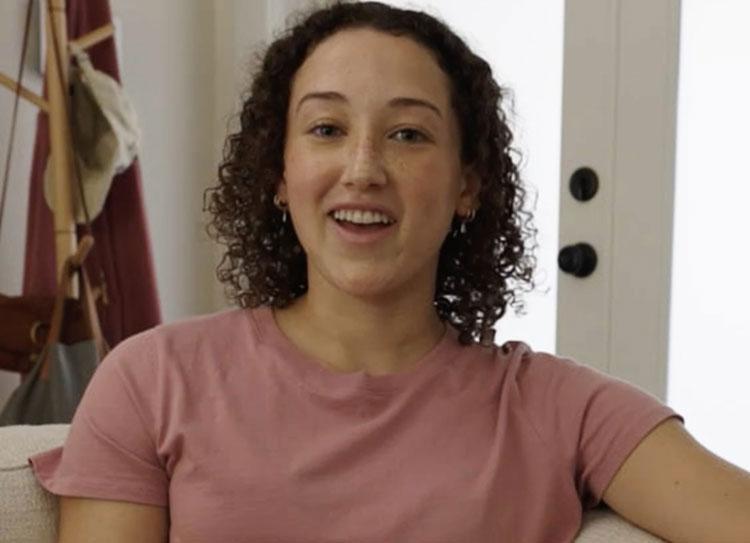TALKING TO YOUR DOCTOR
Talk to your doctor about the
high-sodium elephant in the room

Having an informed discussion—including talking about sodium intake—is important for people with narcolepsy
Narcolepsy is a chronic, complicated, and potentially disabling condition. Since there is no cure for narcolepsy, long-term management of symptoms, such as excessive daytime sleepiness (EDS) and cataplexy, may be needed.
As you may know, sodium intake is a modifiable risk factor for cardiovascular disease. With 131 mg of sodium per maximum recommended 9 g nightly dose, XYWAV is a low-sodium oxybate treatment.
By choosing low-sodium XYWAV over XYREM® (sodium oxybate) oral solution, a high sodium oxybate, you can treat your cataplexy and/or excessive daytime sleepiness in narcolepsy while also reducing your cardiovascular risk due to excessive sodium intake. That's something to remember for people with narcolepsy who are already 2.5x more likely* to have a stroke† and 1.6x more likely* to have a heart attack.†
*Odds ratio.
†A retrospective analysis of US medical claims data for 9312 people with narcolepsy and a control group of 46,559 without narcolepsy.

I was nervous about starting a new treatment; how it would fit in my schedule, what possible side effects I could have, whether I would be able to take it since I was still taking a stimulant, and just the stress of a new medication. But I'm so happy I talked through my concerns with my doctor and decided to take the leap.”
Grace
Diagnosed with narcolepsy type 1.
Compensated for her time. Results may vary.
The Doctor Discussion Guide can help you have a more informed discussion with your doctor.
This handy guide can help you get the conversation started and address important considerations, including:
- Two types of narcolepsy
- Cataplexy and EDS in narcolepsy
- Long-term health in narcolepsy
- Transitioning from XYREM
- Sodium content of XYWAV
- What to expect/side effects
- Available treatment support for XYWAV
Talk to your doctor about XYWAV today. Download the Doctor Discussion Guide to help prepare you for the discussion.
Remember to take it with you to your next visit!
Have questions about getting XYWAV? Hear from a doctor who specializes in sleep medicine
Learn about the steps you can take to get XYWAV, whether you have never taken or are currently taking XYREM.

